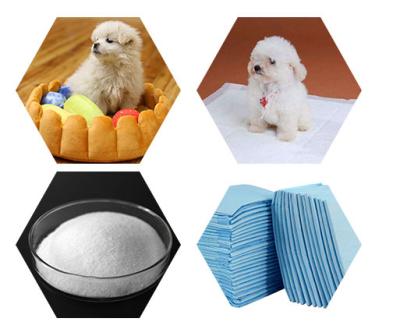SAP absorbe le sang
La résine fait généralement référence à un polymère organique qui a une plage de ramollissement ou de fusion après avoir été chauffé, et a tendance à s'écouler sous l'action d'une force externe lors du ramollissement, et est solide, semi-solide et parfois liquide à température ambiante. Au sens large, tout composé polymère pouvant être utilisé comme matière première pour la transformation de produits en plastique est appelé une résine.
Matériaux polymères naturels
★ Chitosan: It has suitable biocompatibility and degradation properties, can promote platelet adhesion and thrombosis, and is appropriate for extraordinary kinds of wounds.
★ Collagen: Activates clotting factors, promotes blood clotting, and is biocompatible and biodegradable to useful resource wound healing.
★ Cross-linked starch microspheres: can promote blood clotting, manage bleeding, limit the charge of bloodborne infection, and have no immune response and allergic reaction.
★ Gelatin sponge: Through platelet aggregation, activation of coagulation elements and bodily barriers, it can attain hemostasis and can shortly soak up blood.
★ Cellulose material: There are many types, such as clinical absorbable hemostatic gauze, hemostatic sealant, etc., which are appropriate for one-of-a-kind kinds of wounds. It can take in blood, promote platelet aggregation and thrombosis, and acquire hemostasis.
Synthetic polymer materials
★ Polyurethane: It has correct plasticity and mechanical properties, can promote thrombosis, and is appropriate for trauma with large-scale hemorrhage.
★ Polyacrylamide: Forms a hydrogel that can take in plasma, pay attention blood, promote platelet aggregation, and is appropriate for visceral hemostasis







